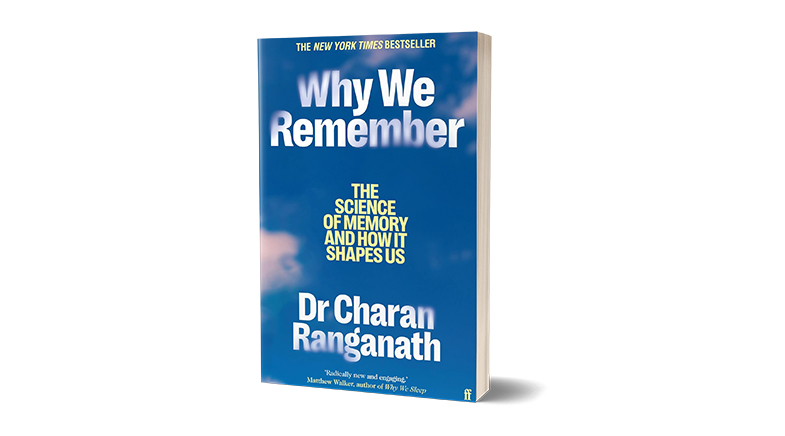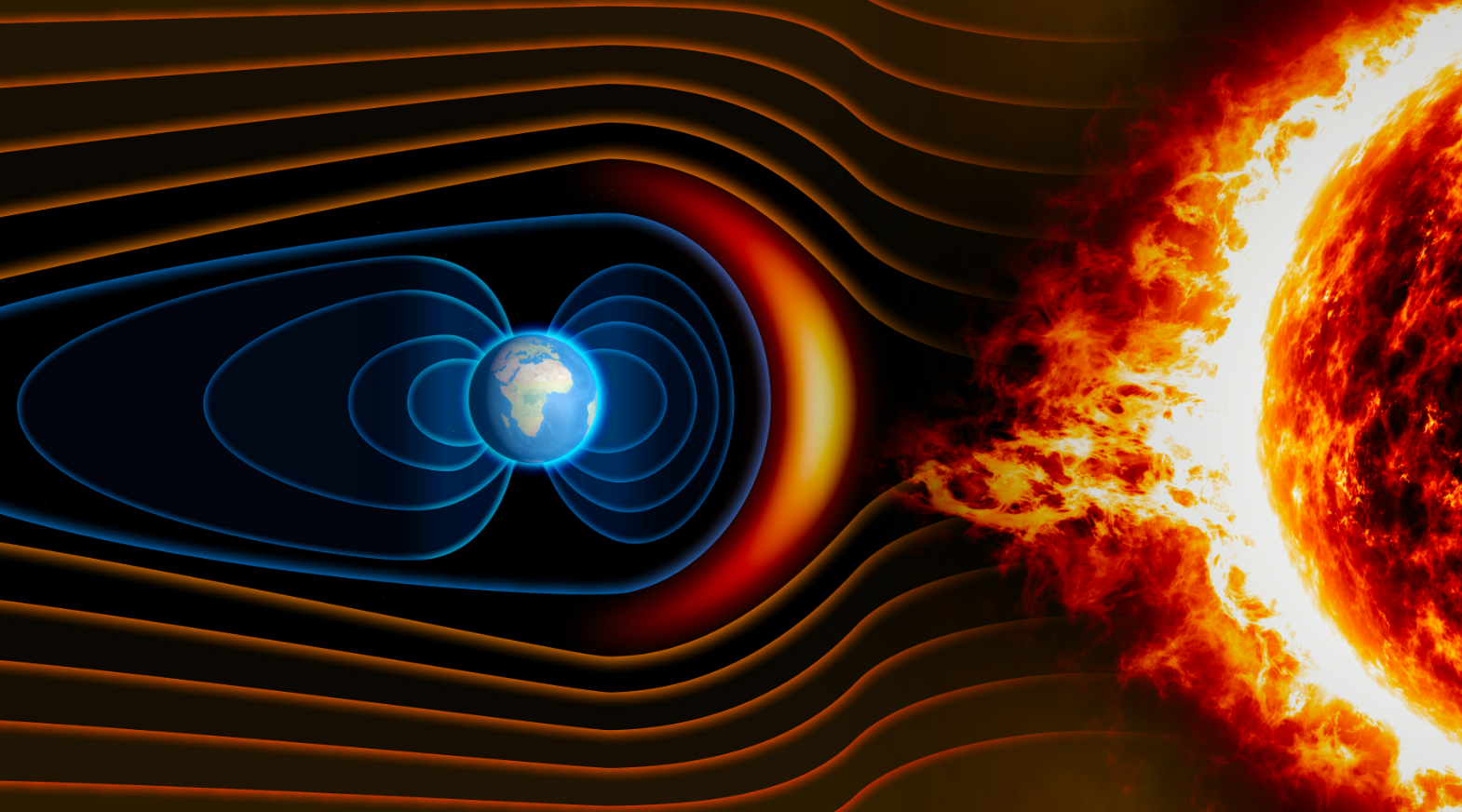All in the dark
-
- from Shaastra :: vol 01 issue 05 :: Sep - Oct 2022

Dutch science writer Govert Schilling's well-researched book narrates the story of dark matter and the scientists who probed it.
Think of a murder mystery that ends abruptly — even as investigations are carrying on and the killer's identity is still to be exposed. A present-day book on the astrophysical mystery of dark matter will be somewhat like that, for scientists are yet to discover what makes up dark matter and are still to clear its mystery.
One of the most startling discoveries in modern science is the fact that the astrophysical universe is mostly made of matter, the nature of which remains completely unknown. This matter does not emit light, and makes its presence known only through its gravitational field.
It has been nearly a century since Swiss astronomer Fritz Zwicky found one of the first definitive indications of the existence of dark matter while studying clusters of galaxies. This subject remained at the periphery of astrophysics for nearly half a century. It started occupying centre stage when American astronomer Vera Rubin and her colleagues realised that the rotation patterns of galaxies could be explained only by assuming that they had much more matter than what was inferred from the light they emitted.

The mystery deepened when calculations to study how the various chemical elements were formed after the Big Bang indicated that a significant part of the dark matter was not 'baryonic', that is, it was not made up of ordinary atoms that we see around us. What is this dark matter made of, then? This remains one of the biggest puzzles of modern astrophysics.
This well-researched book by Dutch science journalist Govert Schilling tells the story of dark matter and the scientists who probed its mysteries. To make clear that the nature of dark matter is still a subject of debate, the author provocatively titles the book The Elephant in the Universe, after the "Hindoo Fable" in which six blind men touch different parts of an elephant's body and come to different conclusions about the nature of the beast.
The book begins with the author's interview with Nobel Laureate Jim Peebles, one of the major players in this field. Schilling goes back and forth between history and the current research frontier to give readers an idea of both the historical context of the subject and an idea of where we stand now.
Few branches of science have attracted as much popular science writing in the past few years as cosmology. So, to tell the story of dark matter, Schilling had to delve into areas that a spate of authors had earlier examined. A major challenge in writing a popular book on this subject is to make it simultaneously suitable for those who have never read a book on cosmology and those who have. Schilling has dealt with this by making the various chapters somewhat self-contained. Readers thus can skip a chapter known to them and come to a new topic they would want to know more about. This loose structure may not really fuse the book, but is perhaps the best possible way to approach a subject in which the answers to the biggest mysteries are still awaited.
To tell the story of dark matter, Schilling had to delve into areas that a spate of authors had earlier examined.
While the big question of what forms dark matter remains unanswered, scientists have made significant strides in the past few years. A raging debate about a quarter century ago was whether dark matter was 'hot' (made up of very light particles moving relativistically) or 'cold' (heavier particles moving more slowly).
A resolution of this debate came about due to developments from an unexpected quarter. Calculations of how structures such as galaxies and their clusters form in the expanding universe could be matched with observations only if the dark matter was cold — leading ultimately to what was called the ΛCDM cosmology (where CDM refers to 'cold dark matter', and Λ is a parameter corresponding to something like a cosmic repulsion). The current focus of research in this field is to identify these cold particles of dark matter — both from theoretical models of particle physics and from experimental investigations.
In summary, this book gives a comprehensive historical account of how the field of dark matter research grew over a century from its early beginnings and provides a status report of where it stands now.
Arnab Rai Choudhuri is a Professor of Physics at the Indian Institute of Science. He is the winner of the Subrahmanyan Chandrasekhar prize of the Division of Plasma Physics of the Association of Asia-Pacific Physical Societies for 2022.
Have a
story idea?
Tell us.
Do you have a recent research paper or an idea for a science/technology-themed article that you'd like to tell us about?
GET IN TOUCH














